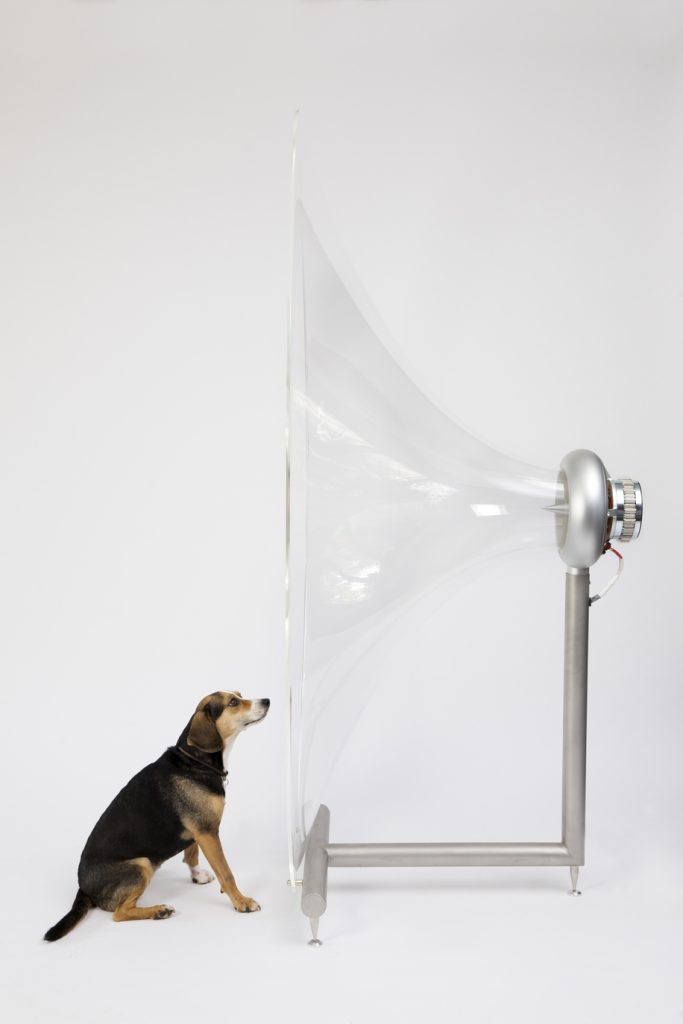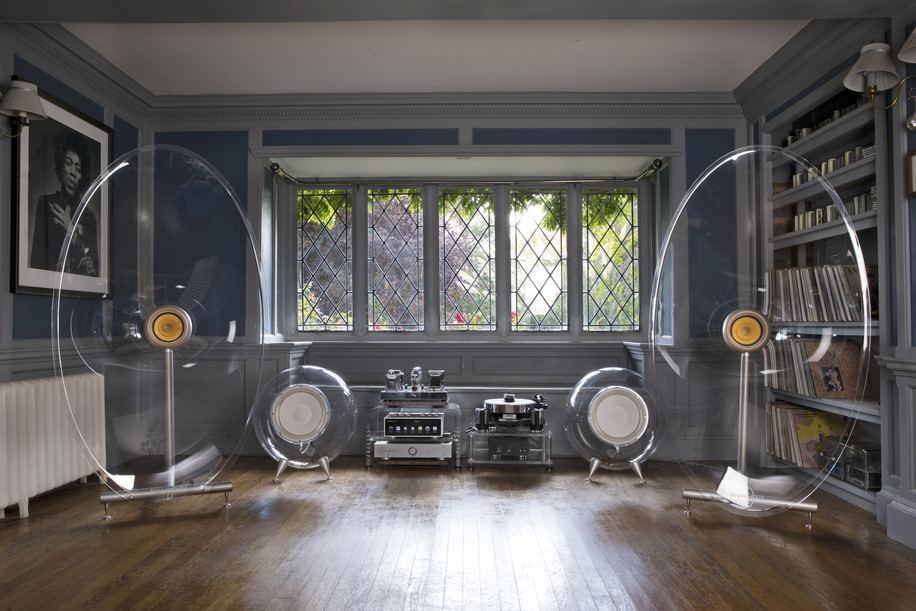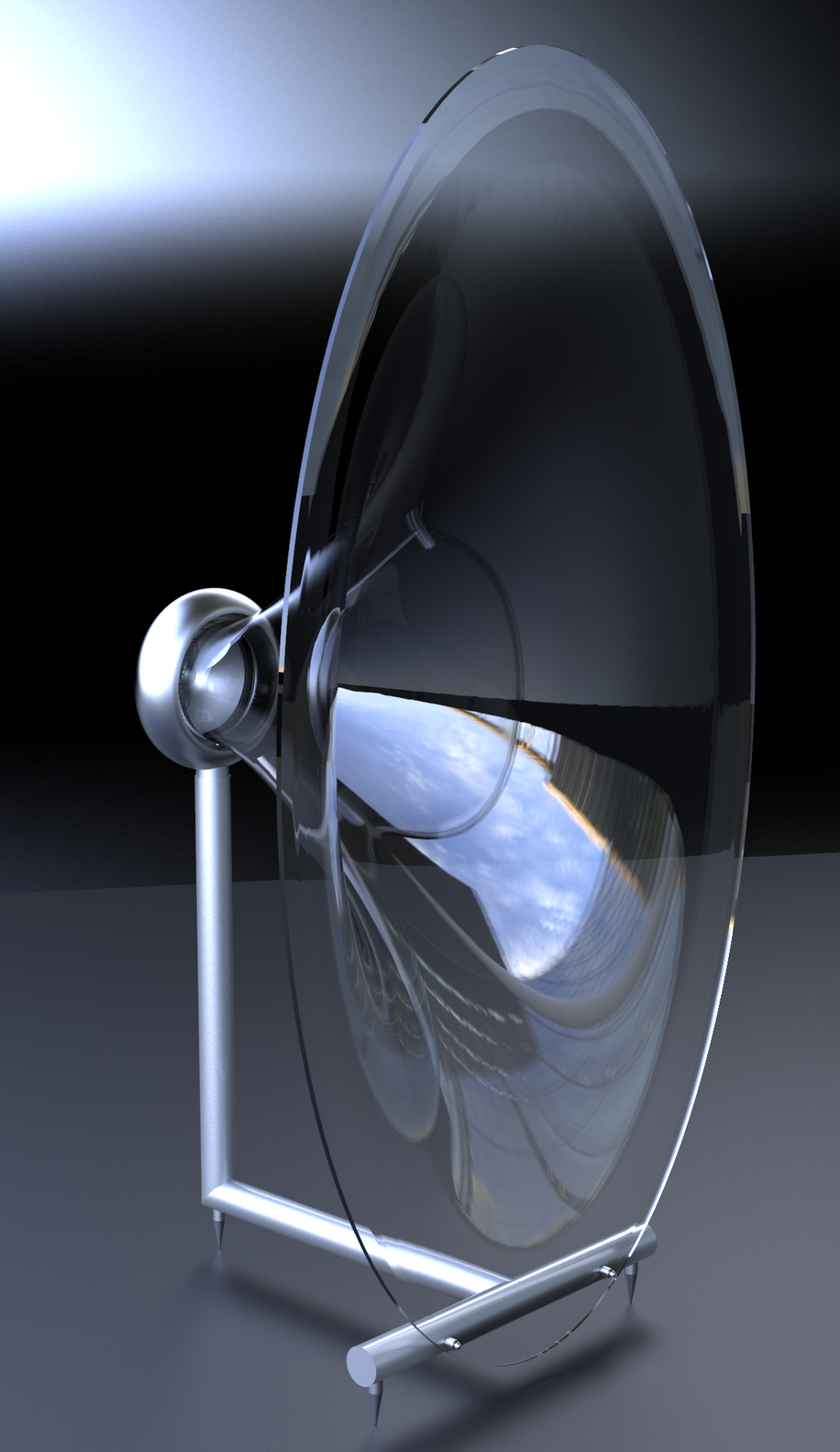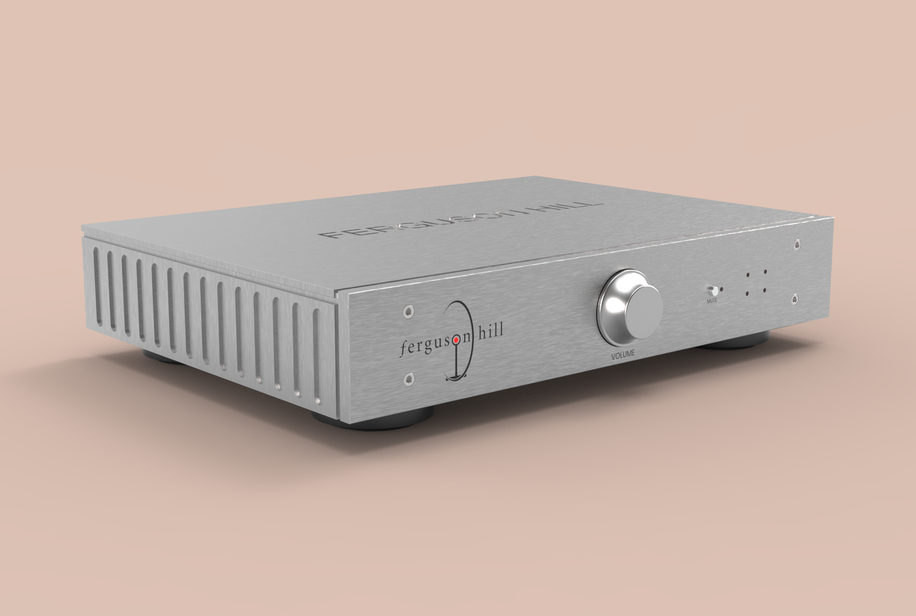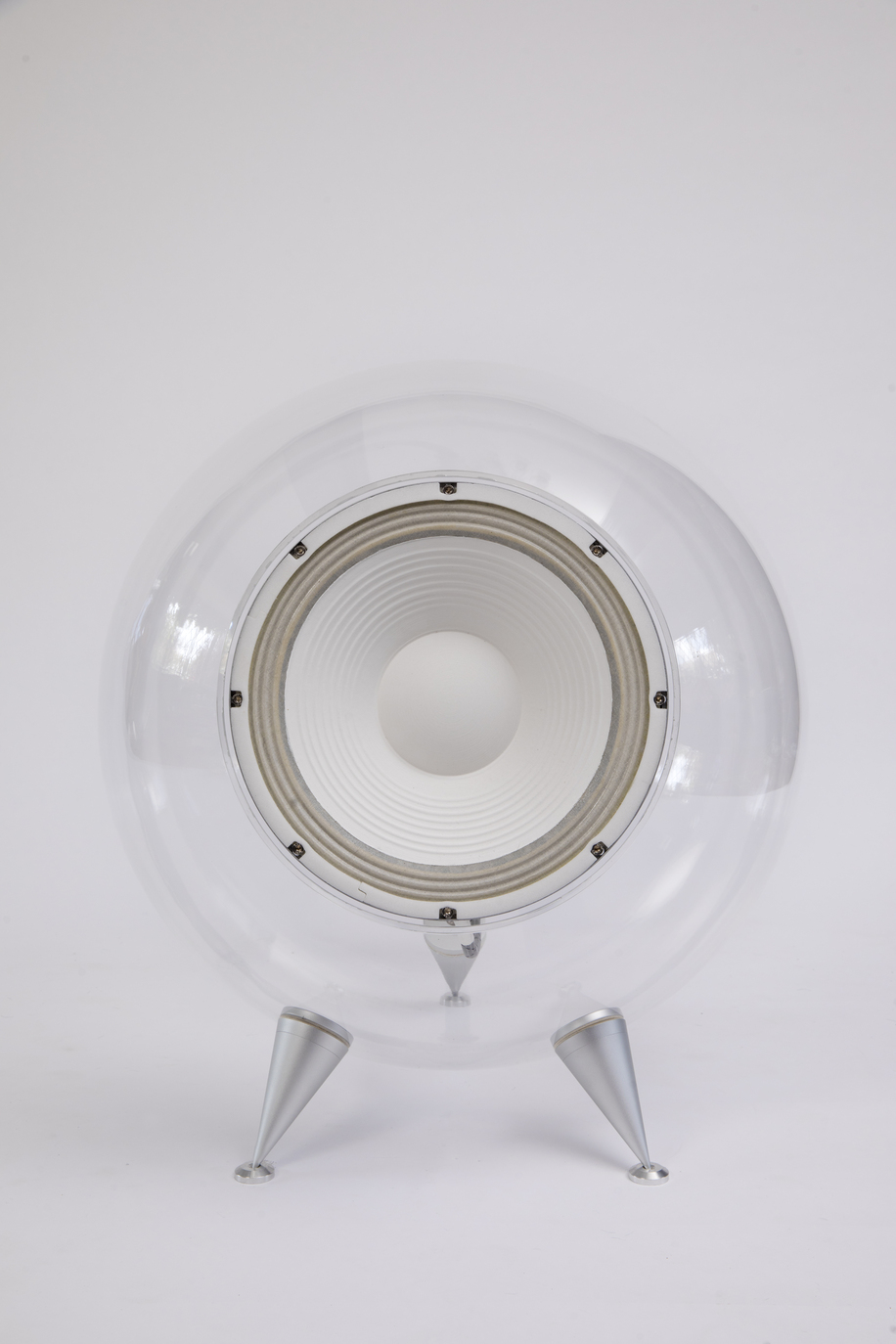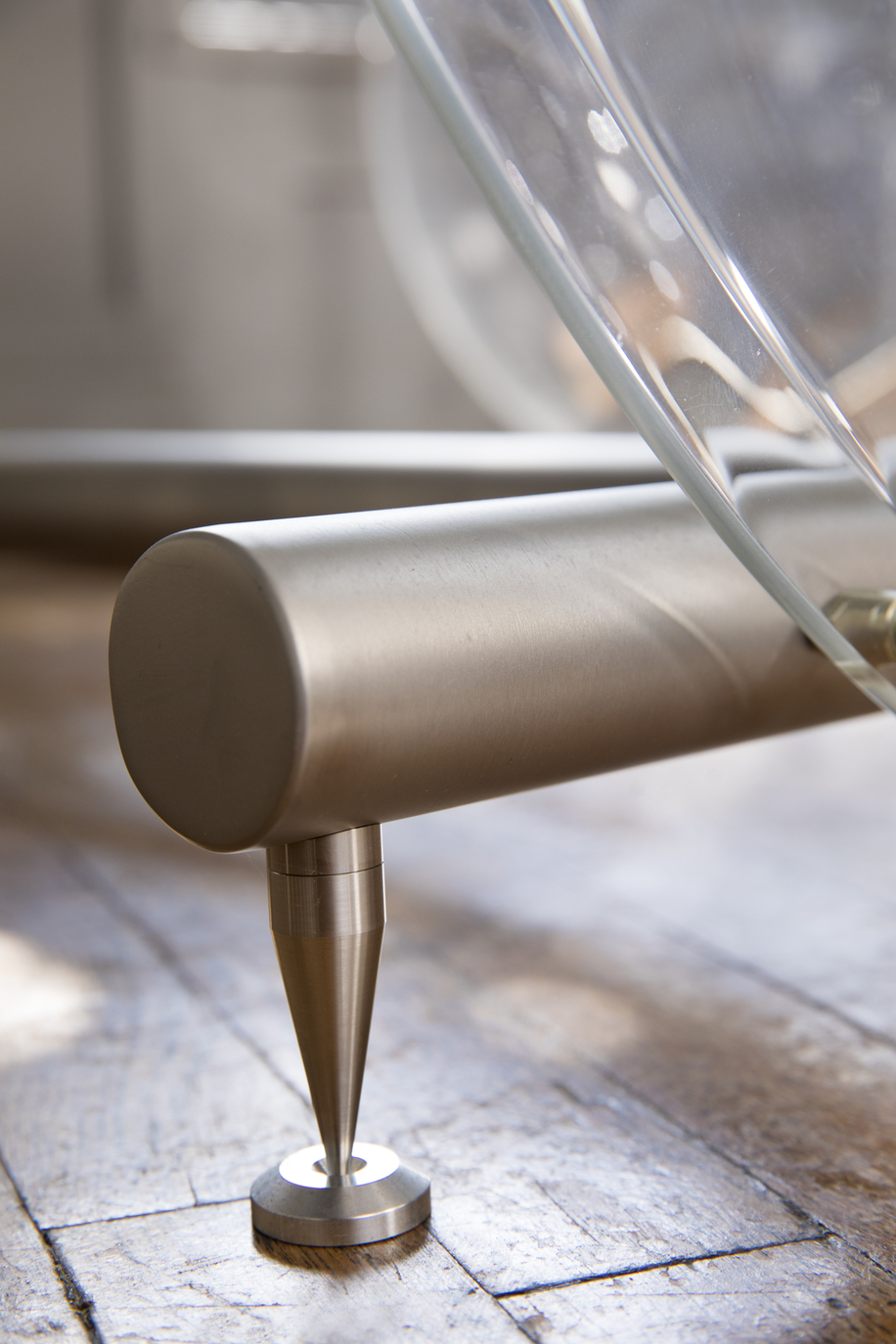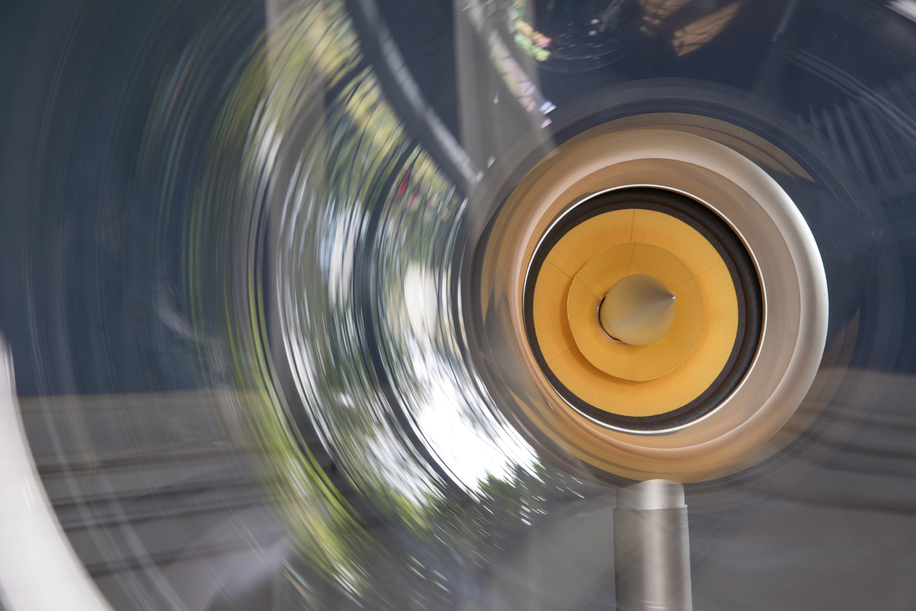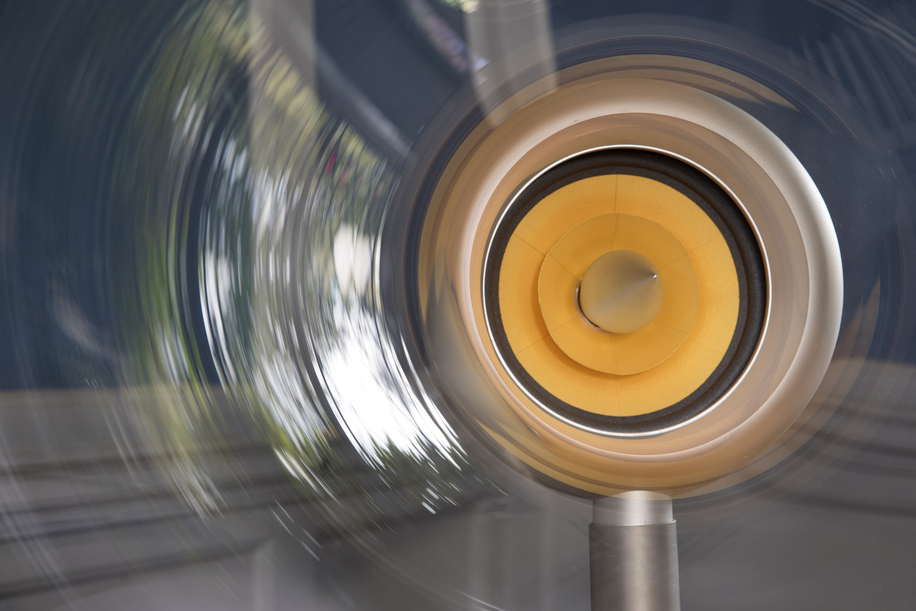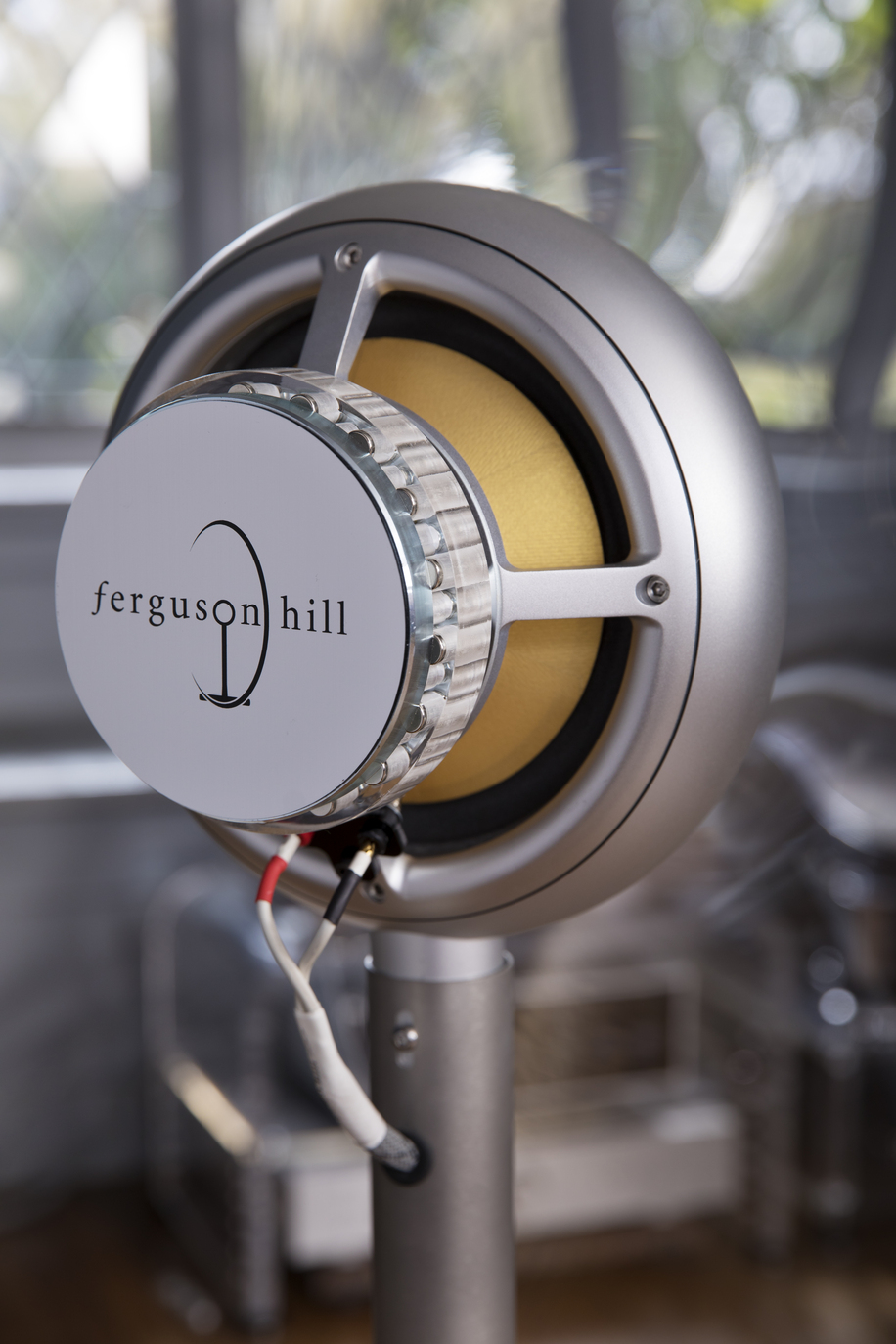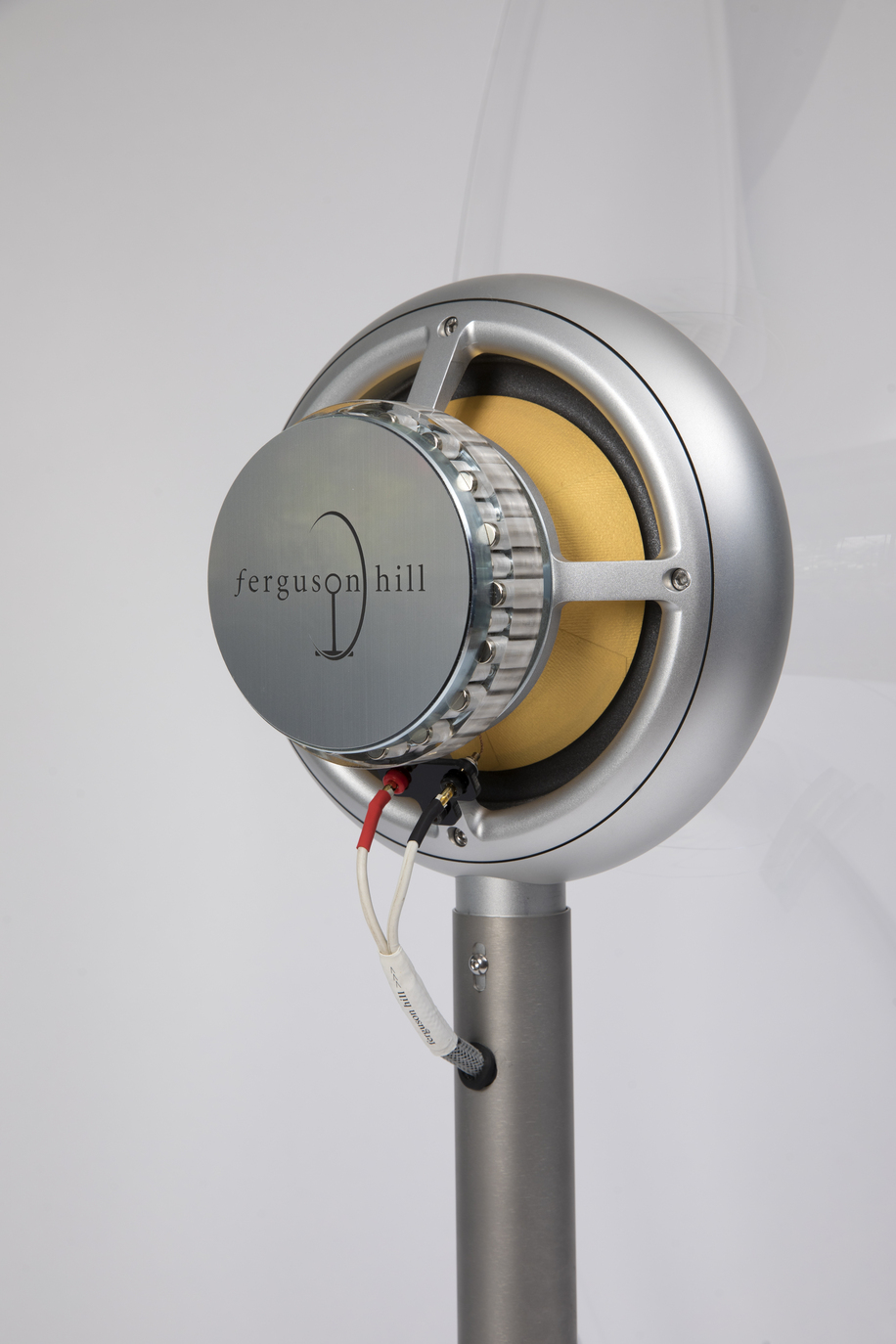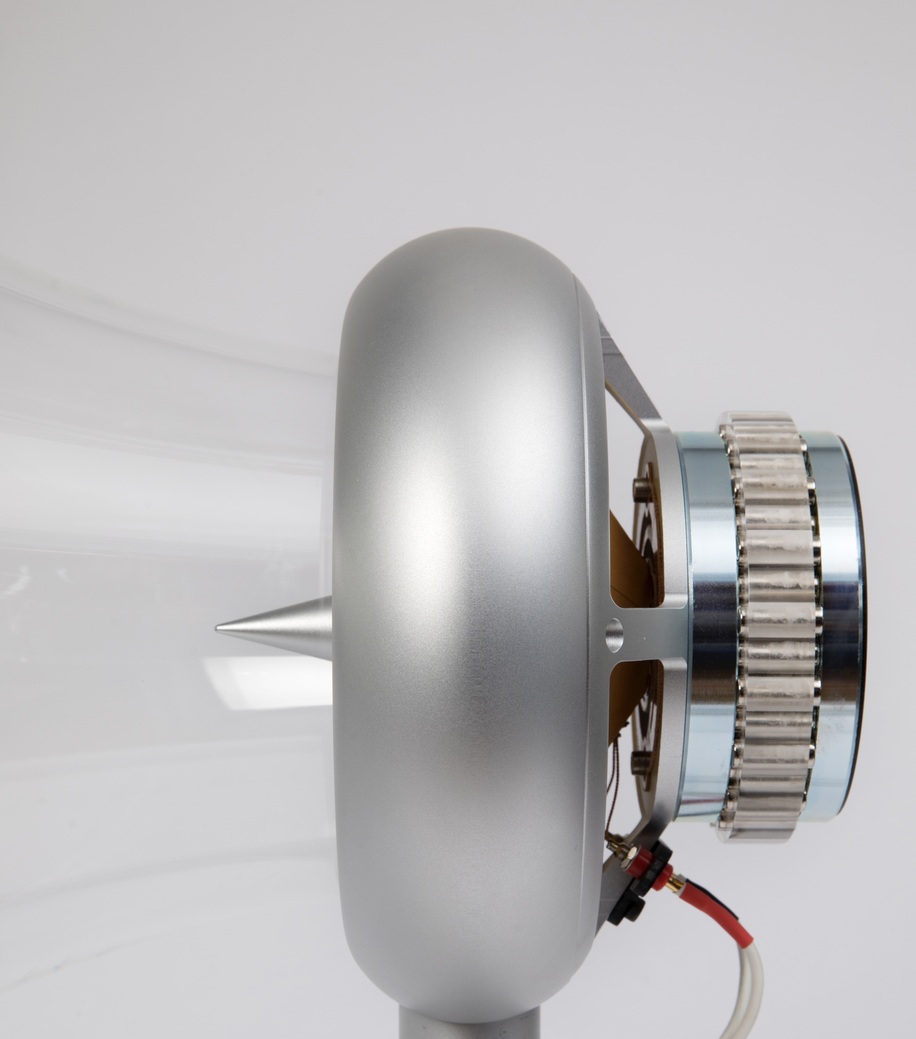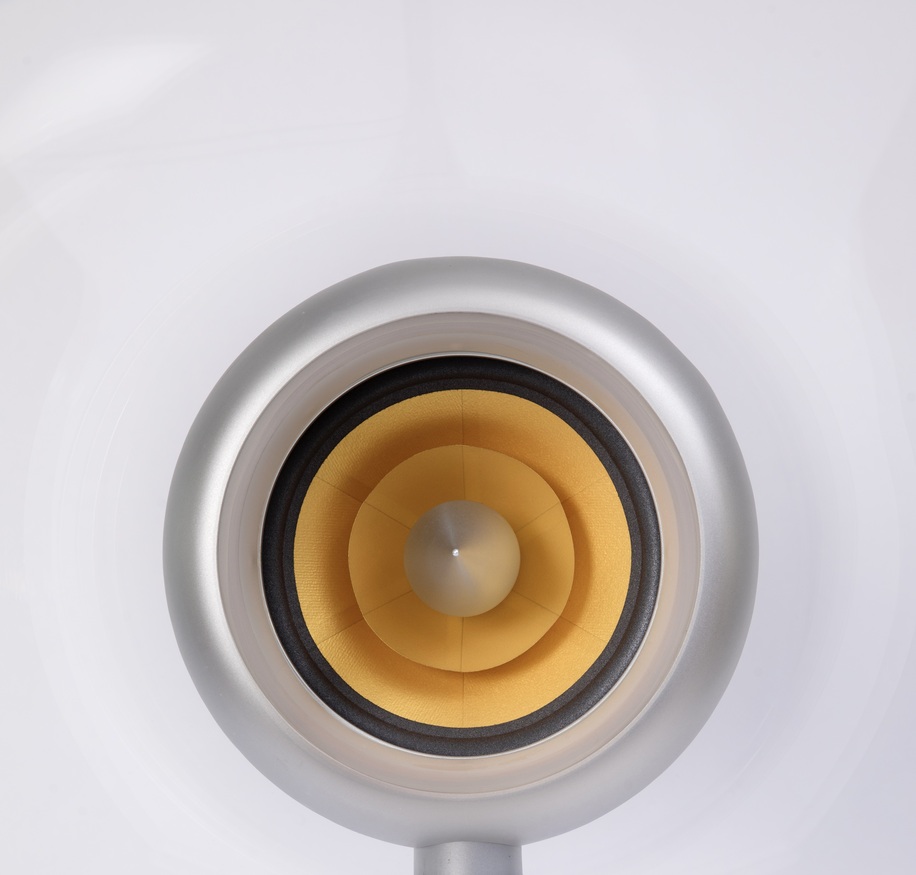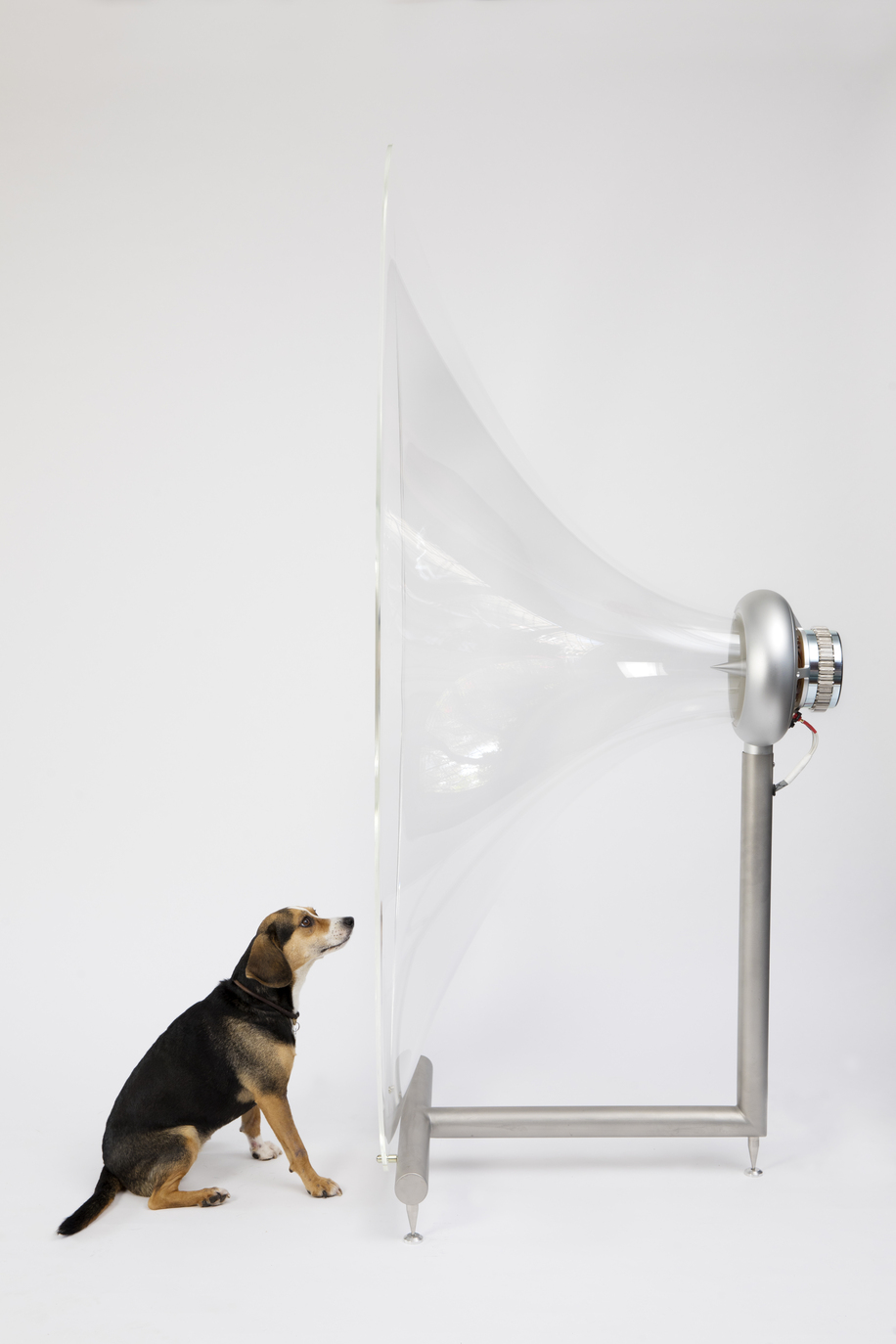Tim Hill, MD at Ferguson Hill Studios, creator of unique audio systems for over 20 years, explains the experience and inspiration behind the company’s high-performance systems including the recently released Jetstream speaker system.
This article first appeared in the pages of Essential Install Magazine. Make sure you subscribe by hitting this link.
Do you have someone you want to nominate as an Install Pioneer? email dan@essentialinstall.com
Tell us about your childhood interest in audio; what did you build and why?
In my first year at college studying for a BSc degree in Aeronautical Engineering I spent a large part of my grant on my first Hi-Fi system, a Dual CS505 deck, NAD 3020 amp and AR speakers. It was good but I always wanted to improve things and so started my journey building my own Hi-Fi. I built a kit transistor amp and built the enclosure from two cube glass jars and aluminium metal extrusions found in a skip. I then hired a welding machine and made my own speaker stands, filled with sand dampening. The stands were placed on metal rods going through, but not touching the floor boards, into concrete poured under the floor. I purchased a second-hand Linn Ittok arm and built my own version of a Linn Sondek, carved out of a block of granite. This system sounded great and is still going strong in my friend’s house.
Tell us a little about your time at British Aerospace; has this informed your work in audio?
I worked for a while at British Aerospace Woodford, and also at Page Engineering, designing parts for flight safety systems, but my most interesting time was working at a smaller company, Edgley Aircraft doing design work on the Optica aeroplane. You only need to look at the Optica to see how it influenced me in what could be done making large compound shapes in clear acrylic. Also the study of fluid flow, detailed analysis of fluid profiles modelled with Reynolds number etc, has greatly influenced my approach to loudspeaker and especially horn speaker design.
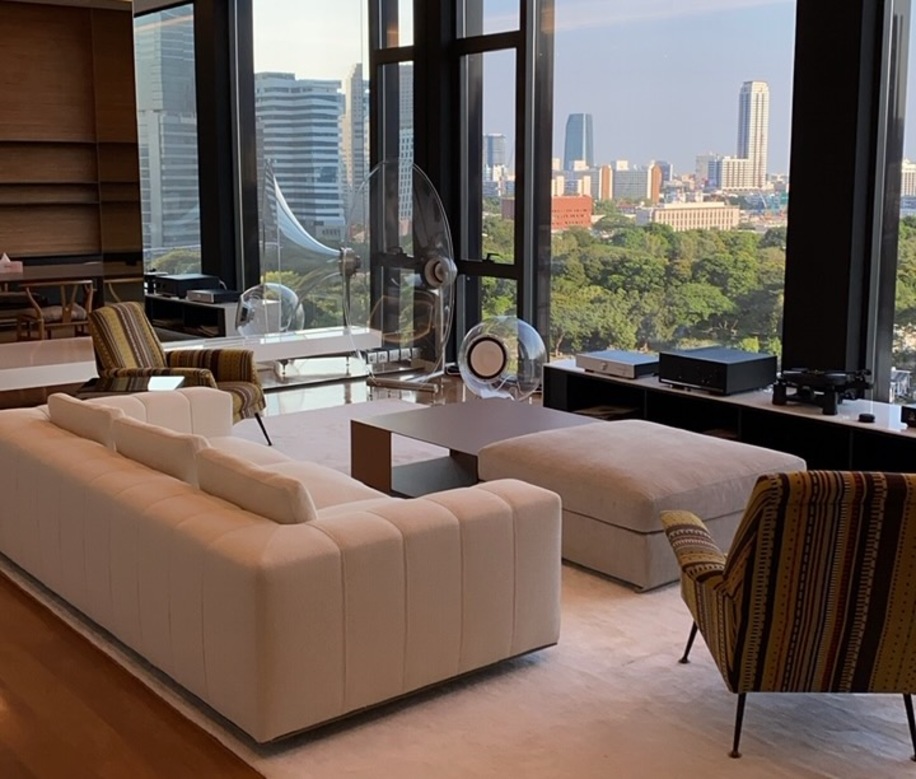
Some of your early prototypes ended up being used in a music studio without your knowledge. How did this happen?
I started building many different variations of speakers, starting with multi driver multi box types using Focal drive units etc. I must have built 20 or more different prototypes and some only had a few days listening before I decided to get rid of them and try something else. Some of these boxes were very heavy and lead lined so I would drag them out into the front gates of my house in Camden whilst I thought how to get rid of them or give them away. Funnily enough most times they would disappear within a day, which was useful as space in my house was limited. A couple of years later, and when this was still going on, I met a chap called Graham at a regular Camden music venue. After chatting it appeared that Graham had been regularly picking up my speakers and taking them around the corner to his World-renowned mastering studio, The Exchange. We subsequently became good friends and I toured the mastering and recording studios with his amazing collection of gear, vintage condenser mics etc and of course many of my speaker prototypes, which had impressed Graham.
Tell us about the foundation of Ferguson Hill. What was the aim of the company? Who was/is involved?
I started Ferguson Hill in 2003 after some years working as a commercial photographer as I really wanted to get back into engineering. It combined my love of music and building things.
I play guitar, have built acoustic guitars and was in a few bands in Camden at the time. I started Ferguson Hill on my own but now have a team of six freelancers each with their own special skills to contribute to a Hi-Fi manufacturer.
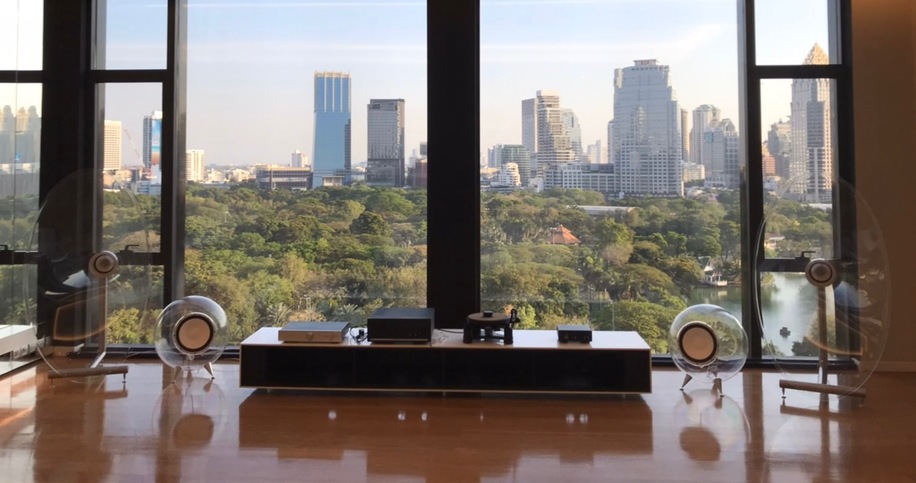
Tell us about the FH001. What is different/special about it and what impact did it have?
The FH001 was I believe the first dipole front horn loaded semi full range loudspeaker. After looking into many different speaker types I believe that the use of a full range drive unit with no crossover between it and the amplifier can take you closer to the feeling that the music is live in the room. The shape and construction of the horn speaker give it a distinctive and minimal look. I believe it has had an impact outside the traditional Hi-Fi field with fans of design such as Steve Jobs purchasing them.
Tell us how time spent at Loughborough University’s Aeronautical and Automotive Engineering facility helps the development of the products.
Work done at Loughborough University came about after we were awarded an R&D government grant. Using their huge floating concrete optical bench, we did many measurements of all sorts on the speakers. We used techniques such as speckle pattern holographic laser interferometry to look at all sorts of things such as drive unit cone movements throughout the frequency range. We even hung curtains of tiny foil dots on cotton in front of the speakers and using lasers were able to visualise the actual air movements of the various sound waves in the room.
The company’s products are a good example of form following function. Do people enjoy the aesthetics/ transparency of the designs?
Yes, I believe a lot of our customers are initially drawn to the minimalist designs and are then really impressed with the sound quality. For me the sound reproduction quality is most important, and I just stick to a simple visual palate of mainly clear and silvery metallic colour. I try and avoid anything like choosing colours, veneers etc, or any choice that is only there for visual purposes.
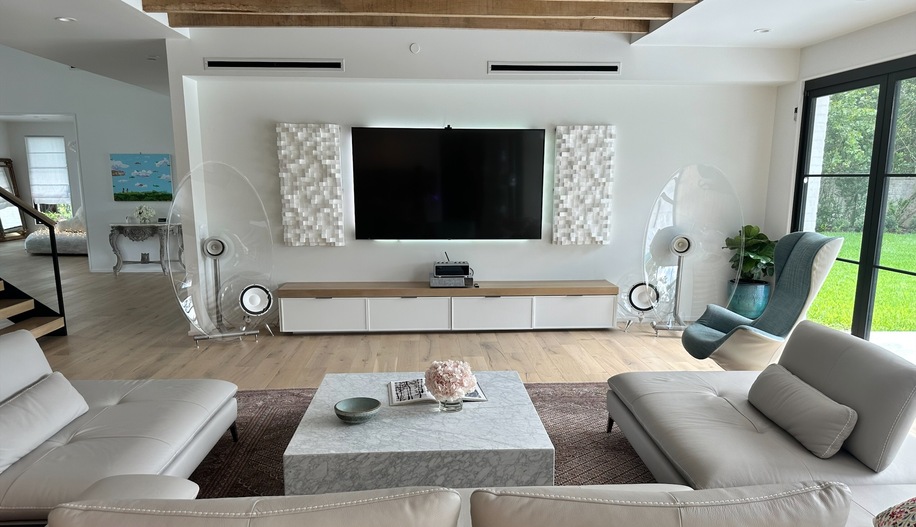
What is the connection between the Lockheed SR-71 ‘Blackbird’ and Ferguson Hill?
I designed the phase plug shape for the horn speaker drive unit by a process of trying many shapes and taking frequency response measurements and iterating the design. However, my friend Nigel, who I worked with in the wind tunnel at college, pointed out that it looks exactly like the air intake spike of a Lockheed SR-71 Blackbird. I looked this up and it is almost exactly the same shape. It was about this time we came up with the name ‘Jetstream’ for the new system.
Is there a Ferguson Hill ‘sound’? What would you say are the main audio advantages/characteristics achieved?
Well, I suppose it is what most Hi-Fi manufacturers would tell you…that feeling that the musicians are actually playing live in the room.
If anything, I believe the large front loaded, optimised horns can connect well with the air in the room. It gives a good and even impedance match between the moving drive unit and the air in the room. This is confirmed with the remarkably low Total Harmonic Distortion measurements / 0.02% THD at 1KHz, 80dB SPL.
What are the key products/most recent releases we should be aware of?
The ‘Jetstream’ high end loudspeaker system is our current key product. It comprises a pair of Jetstream Horn Loudspeakers, a pair of Jetstream Bass Speakers, and a Jetstream Bass Amplifier. I have incorporated all the changes I have wanted to do since the launch of the FH001 20 years ago. Anyone who wants to find out more, just get in touch!
What’s next for Ferguson Hill?
We are about halfway through the development of a new mini speaker system to replace the FH007 which was very popular. The new mini system will have a full range of digital and wireless high-resolution connectivity with onboard DSP. I would also like to continue the development of a mid-sized system, somewhere between the rather affordable FH007 mini system and the really rather expensive Jetstream system.
